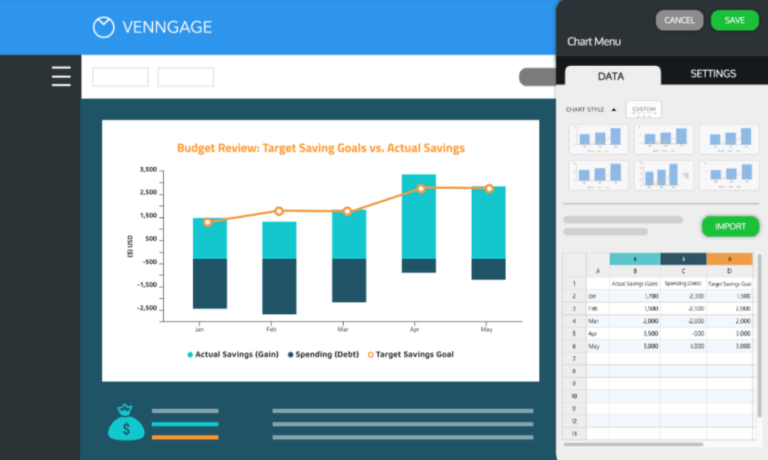I linked to Jay’s front-end predictions last year and I think they panned out pretty well. I think he’s got a bit of a knack for that wide-scope look at front-end, including tooling and architecture, as well as browser tech. Let’s review.
Jay’s front-end predictions for 2021
- ???? React framework maturity is here in the fact that big players like Next and Gatsby are stable and have found pretty big markets. New players like Remix are arriving to clear success. Frameworks like Astro support React because it means picking up users who have less to learn.
- ???? Early container queries are here for sure. The syntax has nestled in a little bit, there are multiple browsers playing, and a polyfill is available. We’re even seeing early days of container units.
- ???? WASM adoption is more iffy to me. I don’t run in the circles that would be early adopters of it, but anecdotally, I probably heard it talked about more this year than any year past. That tells me it’s still of high interest.
- ???? Monoliths, if we’re just talking site building tools that “do it all” probably never stopped being popular, especially if you consider that’s what WordPress is and has only grown in popularity and usage. Perhaps Jamstack usage is growing, too, which decouples a lot of services. But the biggest players in helping you build Jamstack architectures also help you bring all those services under one roof. Services like Netlify and Vercel are Jamstack hosts, but will also run your serverless functions. Netlify Graph is a clear stab at helping you work with APIs in an in-house way, not to mention other features like form processing and auth that help make the approach feel more monolith-y. DigitalOcean’s App Platform is a Jamstack host, but designed such that any other additional services are right there. The same is true for AWS Amplify or Azure Static Web Apps.
I added to Jay’s list the inert attribute, which certainly didn’t get widely shipped, but we are seeing a smidge of progress on it, with Safari being the first-mover.
Jay’s front-end predictions for 2022

Let’s break them down:
- Micro-frontends. I’m on the fence here, as I literally don’t get it. I think I’ll need to read more about it and see clear examples before I can weigh in on the technical choice here. But from a people perspective, it seems like a questionable move right out of the gate. I get that it’s complicated to get teams to work together perfectly, but splitting up their responsibilities and depth of technical knowledge doesn’t seem like a healthy solution that builds great sites.
- The death of Jamstack (but not really). It’s mostly about the term itself, which I agree has gotten far too loaded and, thus, is losing meaning. “I think in 2022 we’ll see the confusion and exhaustion culminate in a gradual retreat from the term.” I can see that. Even using it in this post doesn’t feel quite right anymore.
- Progressive enhancement. Jay points to frameworks producing functional sites that don’t require client-side JavaScript, which I agree is a major trend that has all sorts of positive fall-out. And I love it. I generally think of progressive enhancement as developers building interactive components — components that require tech that not all browsers support — and making sure they have some baseline functionality, even if JavaScript, or whatever other tech, fails. I never see that grow in popularity. I think it’s related to the things Melanie talks about here.
- Functional JavaScript. Wild card choice! I like it! I can’t opine, but this is the kind of thing Jay is good at when it comes to front-end predictions.
Direct Link →






